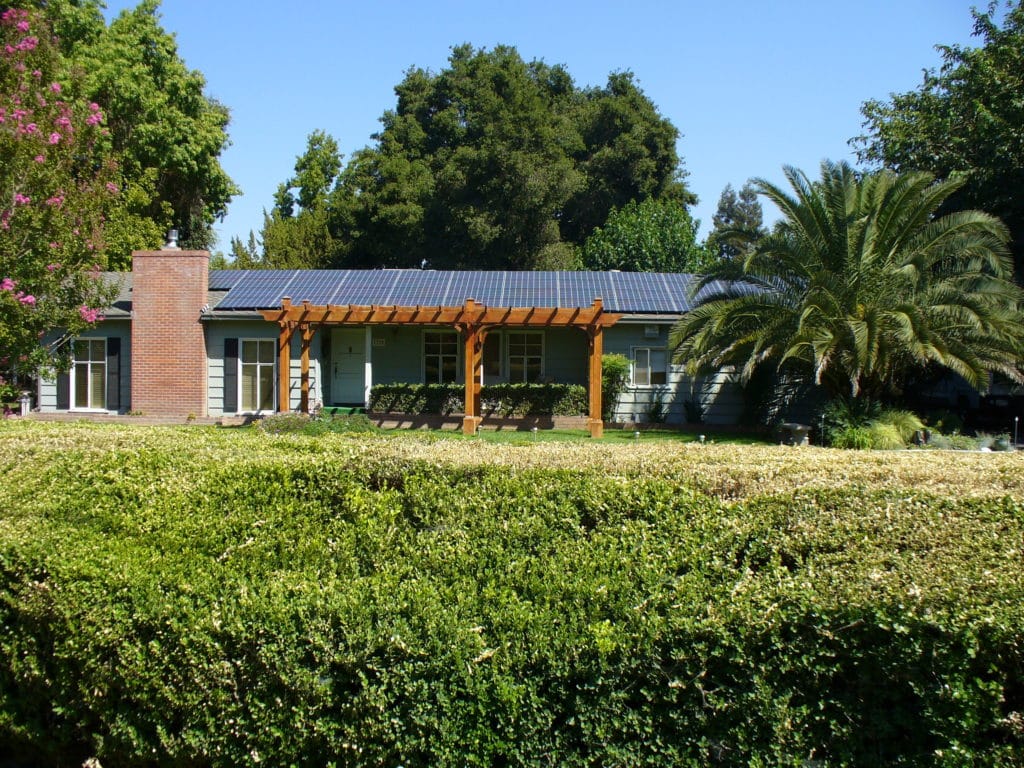
Use the power of the sun to generate electricity, immediately deploy that energy into your appliances, and reduce your dependence on the electrical utility.
Grid-tied systems are also referred to as utility-tied or parallel interactive systems. These systems use the power of the sun to generate electricity and immediately deploy that energy into your loads (appliances, etc). The beauty of these systems is the electrical “grid” of your utility company serves as a giant rechargeable battery bank.
Grid-tied systems make use of net metering, meaning that the energy that is generated by your solar PV system is used to offset the electrical power that you require for your loads (appliances, etc.) from your utility company during the day. You pay only for your “net” usage of electricity from the utility company, so if your PV system generates more electricity than you can use your electrical meter will actually run backwards! The excess energy is credited back to your account by the utility provider (PG&E, SCE, or SDG&E) and is transmitted back into the utility grid. During dark hours or extended cloudy days the PV system is off line so your electrical needs are supplied by the utility grid.
Grid-tied systems are often combined with a time-of-use (TOU) rate schedule from the electric utility company. TOU billing offered by the utility company will credit power supplied from you at peak rates during the day when your system is generating more power than you consume. You will purchase power from the utility provider at (off peak) lower rates during the evening when your PV system is not generating power. Under the Public Utilities Regulatory Policy Act of 1978 (PURPA) and related legislation, U.S. utilities are required to purchase/credit the excess electricity generated by small power producers at regular retail rates.